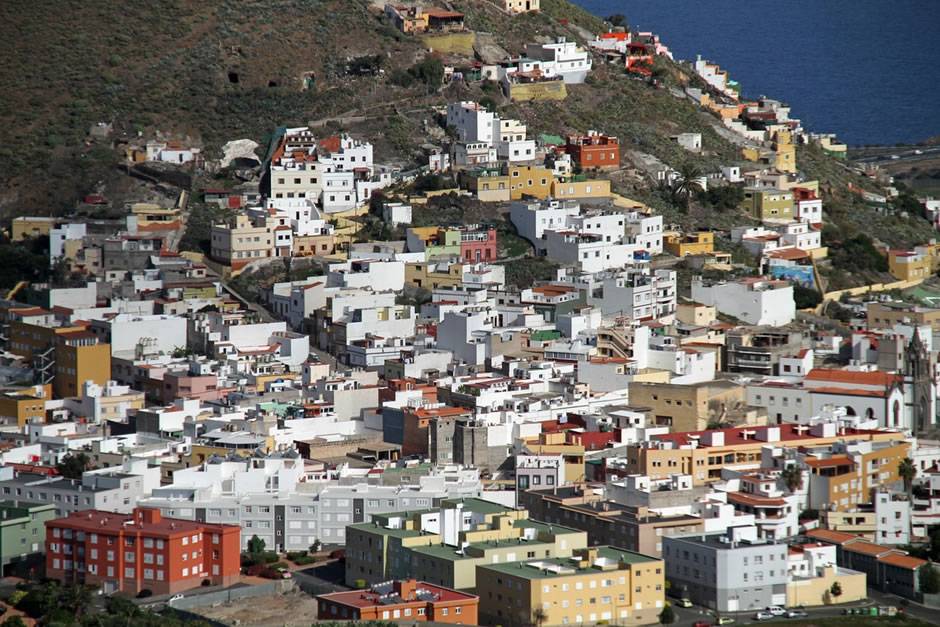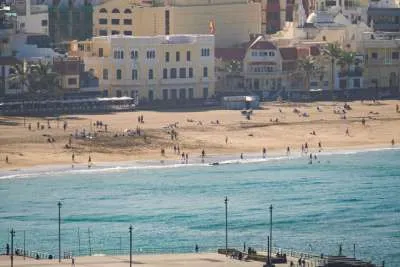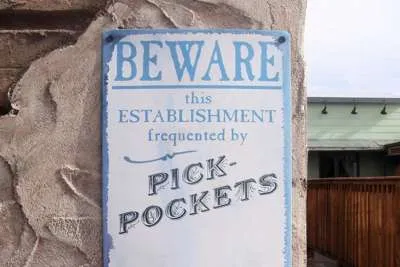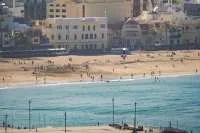Spending a Relaxing Canaries Holiday Without Overspending
- 02-05-2025
- Travel
- Sponsored Article
- Photo Credit: Pixabay
The Canary Islands are like a paradise for tourists who want sun, sea, and spectacular landscapes without the need to empty their bank accounts. The islands offer year-round warmth and diverse attractions, meaning a trip to this archipelago can be both luxurious and affordable with the right approach to money management.
Smart Planning Before Departure
Your holiday costs start long before you set foot on the islands. Flights to Tenerife, Gran Canaria, Fuerteventura, or Lanzarote vary dramatically in price throughout the year, and you can save substantial amounts when you book three to six months ahead, particularly for travel during off-peak months like November or May.
Many tourists now turn to Bitcoin casinos and other digital entertainment options as a way to fund part of their holiday through smart plays before they travel. The rise in popularity of cryptocurrency gambling platforms offers an alternative avenue for vacation budgeting, though one that always comes with risks.
Accommodation options range from local apartments to all-inclusive resorts. The first option typically costs half the price while giving you a more authentic experience, with websites like Airbnb and VRBO listing hundreds of apartments across all islands, with the best deals found away from major tourist zones.
Transportation Without Financial Strain
Public transportation across the Canary Islands works efficiently and costs little. A bus ticket between towns rarely exceeds €4, while rental cars start at €25 daily when booked in advance. Many visitors waste money on taxis when buses travel to most attractions at a fraction of the price.
For those who plan to explore multiple islands, the inter-island ferries offer an economical option compared to flights. A ferry between Tenerife and Gran Canaria costs approximately €40 one-way versus €80 or more for a flight.
Food and Drink Strategies
Restaurant meals add up quickly during holidays. A practical approach involves a mix of self-catering and strategic dining out. Local markets sell fresh produce at prices much lower than at home. Mercado de Nuestra Señora de Africa in Tenerife or Mercado de Vegueta in Gran Canaria offer both shopping and cultural experiences.
When you eat at restaurants, lunch specials often include three courses plus a drink for €10-12. The same meal costs twice as much at dinner. Most restaurants display their "menu del día" outside, making comparison shopping easy.
Water expenses mount up too, as it’s such a warm climate. A reusable bottle filled at your accommodation saves €2-3 daily per person against buying bottled water.
Free and Low-Cost Activities
The best Canary Islands experiences often cost nothing. Beaches like Playa de las Teresitas in Tenerife or Maspalomas in Gran Canaria rank among Europe's finest and require no entrance fee. Hiking trails through volcanic landscapes and ancient forests provide days of exploration without spending a cent.
Museums and cultural sites typically charge modest entrance fees of €3-8, and many offer free admission on specific days each month. The Casa de Colón in Gran Canaria, which explores Columbus's voyages, costs nothing on Sundays.
Natural swimming pools carved from volcanic rock present a unique alternative to beach days. Charco Azul on El Hierro or the pools at Bajamar in Tenerife provide safe swimming spots without commercial development.
Entertainment Budgeting
Nightlife in tourist zones requires careful budgeting. Drinks in Playa de las Americas or Puerto Rico cost triple what you pay in local neighbourhoods just a short walk away.
Digital entertainment options continue to grow in popularity among holidaymakers, including mobile gaming, streaming services, and online casinos, that provide entertainment options during downtime without the premium prices of tourist-zone clubs.
The Canary Islands offer exceptional value when you approach your trip with financial awareness. The memories you create will last far longer than the money saved, but that extra cash might just fund your next escape to these beautiful islands in the Atlantic.
Other articles that may interest you...
Trending
Most Read Articles
Featured Videos
A Vision of Elvis Tenerife Promo
- 10-05-2025
TEAs 2025 Highlights
- 17-11-2025




























































